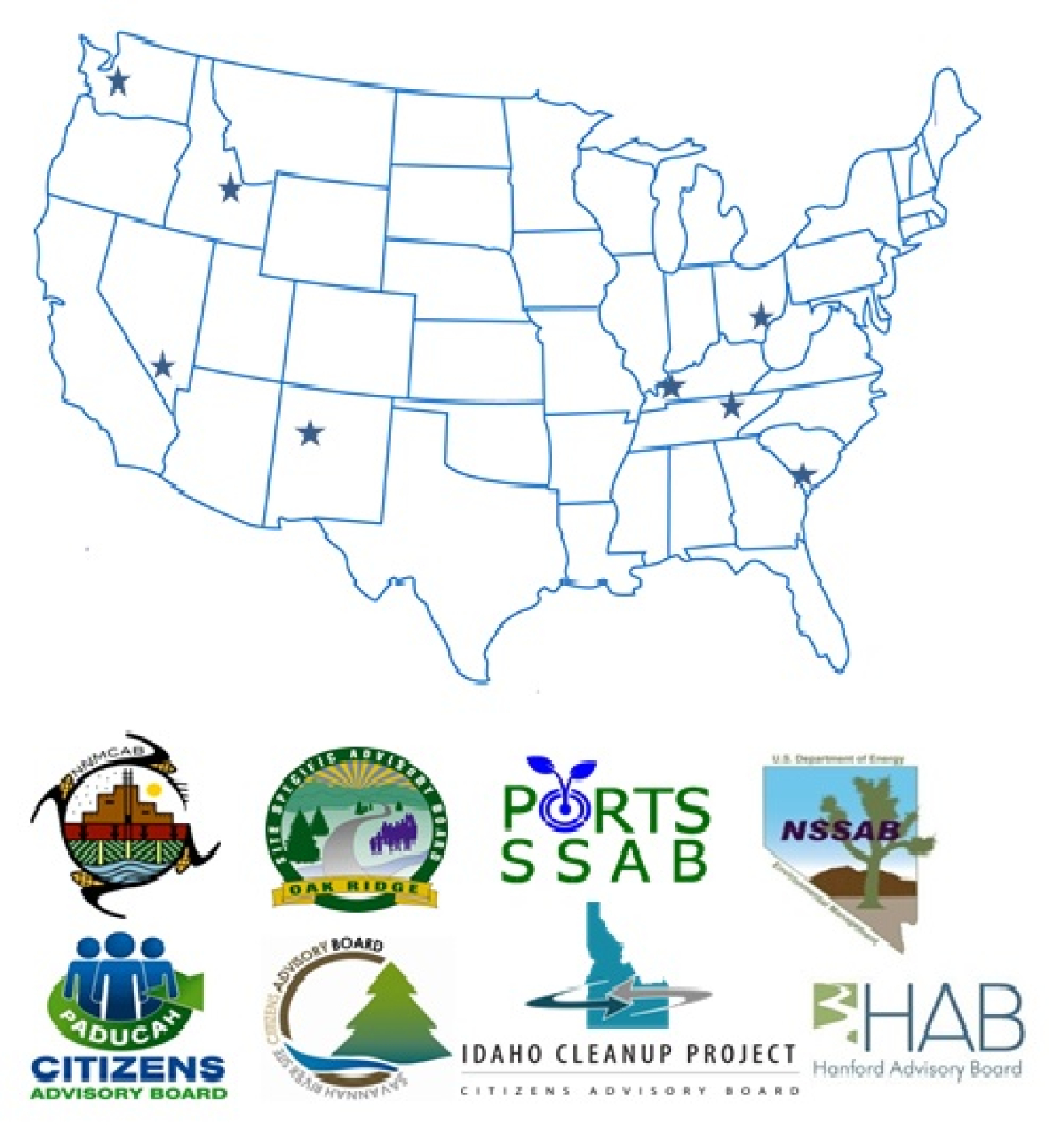Principal Deputy Assistant Secretary Todd Shrader discussed cleanup progress over the past year and noted the resilience of the EM workforce.
Office of Environmental Management
October 27, 2020
EM Principal Deputy Assistant Secretary Todd Shrader discussed cleanup progress over the past year and noted the resilience of the EM workforce in light of the COVID-19 pandemic during the EM Site-Specific Advisory Board (EM SSAB) Chairs meeting, held virtually on Oct. 19 and 20. The meeting was recorded and can be viewed here.
Shrader emphasized that EM will see a leap forward in its ability to tackle its largest and most challenging environmental risk — tank waste. He pointed to the recent startup of the Salt Waste Processing Facility at Savannah River Site, noting that the State of South Carolina has been a strong partner in this game-changing facility, which will ramp up EM’s ability to address tank waste there.
At the Hanford Site, EM is advancing progress on the Direct-Feed Low-Activity Waste initiative — a priority EM shares with the State of Washington, Shrader said. The DFLAW approach puts the start of actual tank waste treatment at Hanford within reach in just a few years. Shrader added that EM is advancing the Integrated Waste Treatment Unit at the Idaho National Laboratory Site, while continuing to ship transuranic waste from that site to support EM’s agreements with the state.
Shrader also talked about EM’s Strategic Vision for the coming decade, noting that the cleanup program is interested in receiving feedback from stakeholders. He encouraged EM SSAB members to provide the EM site managers feedback on the Strategic Vision, including project priorities, site end-state visions, and opportunities for cleanup acceleration.
The Strategic Vision provides a roadmap of strategic initiatives, outlining a decade of anticipated progress, including initiating radioactive tank waste treatment at the Hanford Site and completing construction of the Outfall 200 Mercury Treatment Facility at Oak Ridge.
The EM SSAB chairs and vice-chairs shared their local priorities and goals for fiscal 2021. During the next year, they will develop a white paper on best practices to guide outreach programs and activities. They also were asked to identify EM SSAB expectations and guiding principles to be used as a complex-wide framework for EM’s interaction with stakeholders and communities as they work towards end-states.
EM Office of Budget and Planning Director Steve Trischman provided a briefing on the EM budget and how stakeholder input is used. The chairs and vice-chairs received a briefing by Low-Level Waste Disposal Facility Federal Review Group co-chairs Sherri Ross and Justin Marble on DOE’s Radioactive Waste Management program. EM Associate Principal Deputy Assistant Secretary for Regulatory and Policy Affairs Betsy Connell also provided an update on regulatory compliance and stakeholder engagement.
The EM SSAB is considered a single advisory board; however, eight local boards are organized under its umbrella charter, one at each major EM cleanup site. The local boards are the Hanford Advisory Board, Idaho Cleanup Project Citizens Advisory Board (CAB), Northern New Mexico CAB, Nevada SSAB, Oak Ridge SSAB, Savannah River Site CAB, Portsmouth SSAB, and Paducah CAB. These bodies are made up of representative members of local citizens, Native American tribes, and community and public interest groups that provide recommendations to EM on its cleanup program.

